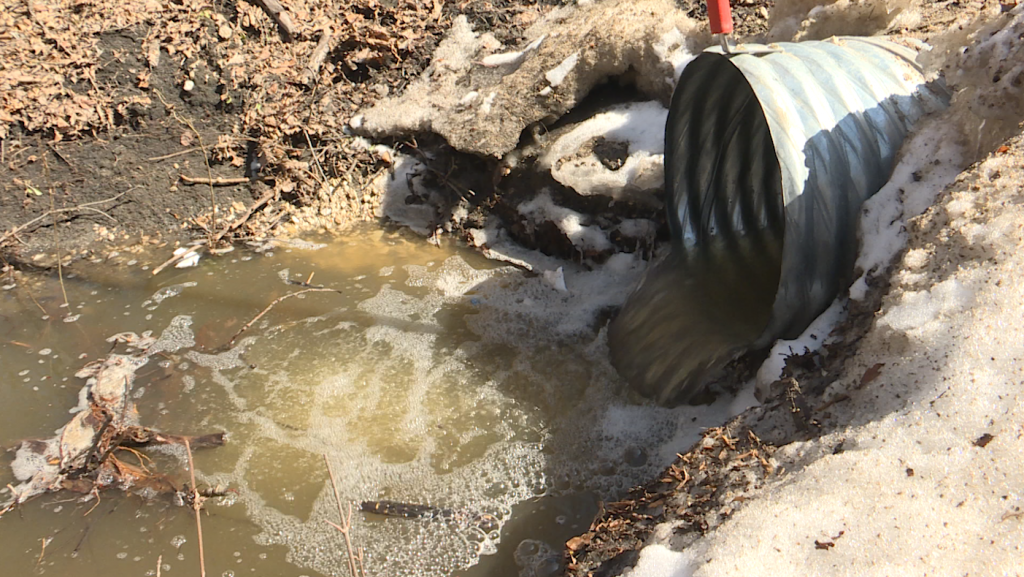University of Lethbridge research focuses on environmental impacts of effluent release

University of Lethbridge (UofL) researchers will look into how wetlands work by studying the ecosystem of Frank Lake wetland and its watershed near the town of High River, Alta.
The project is expected to take five years at an estimated cost of $1.5 million and is funded by Cargill Limited and Natural Sciences and Engineering Research Council (NSERC) of Canada Alliance program.
“The goal of this project is to understand the impacts of land use on the health of the Little Bow watershed, with a focus on the role that the Frank Lake wetland plays in processing effluent in this economically important region,” said Dr. Matt Bogard, an assistant professor of biology and Canada Research Chair.
Advertisement
“We want to provide all stakeholders with scientific knowledge and data to help manage the watershed as best as possible.”
https://twitter.com/BogardMatt/status/1557167259595837442
Frank Lake wetland is part of a larger watershed and is an important bird area where effluent is treated from both the town of High River and Cargill Limited, and then released into the lake to maintain its water level.
The wetland also adds another level of effluent treatment where nutrients, salts, and other chemicals are also removed.
But the study wants to explore how long the wetland can sustain the current levels of treatment, and if it would be necessary to take actions to improve its functioning.
Advertisement
READ MORE:
-
University of Calgary study examines if Mars ‘could have once supported life’
-
N.W.T. RCMP deploy controversial roadside cannabis screening devices
-
Respected snake researcher dies from rattlesnake bite
The lake also flows periodically into the Little Bow River beginning near High River and joining the Oldman River at the end.
Effluent is added along the way by communities within the watershed where researchers will try to understand the nutrient cycling in the watershed, water quality, aquatic ecology, health of the wetland, and effluent toxicity.
“Part of the goal of this project is to tease apart the influence of different land uses on watershed health, so that future management decisions can better evaluate impacts of individual land uses,” Bogard said. “Much of the water used by humanity is released back into the environment as wastewater, so this project has major implications for watershed and wastewater management worldwide.”
